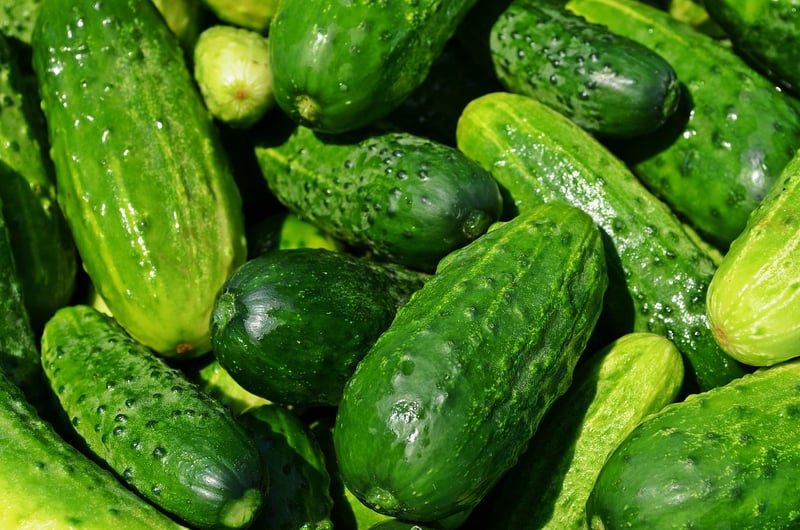Cultural influences
Dive into Gastronomic Heritage and Cultural Influences
Exploring the world of gastronomy reveals a rich tapestry woven with culinary traditions that reflect the cultural influences of different regions. The merging of flavors, techniques, and ingredients over centuries has shaped the way we eat and perceive food today. Let's take a closer look at how gastronomic heritage and cultural influences intertwine to create the diverse culinary landscape we enjoy.
The Role of Gastronomic Heritage
Gastronomic heritage encompasses the traditional dishes, cooking methods, and food customs passed down through generations. These culinary legacies hold a special place in society, serving as a link to the past and a source of cultural identity. Each dish tells a story, rooted in history and shaped by the unique experiences of a community.
Key Elements of Gastronomic Heritage:
- Traditional Recipes: Time-honored recipes that have been preserved and cherished for their flavors and significance.
- Local Ingredients: The use of indigenous ingredients that are native to a particular region, adding authenticity to dishes.
- Cooking Techniques: Specialized cooking methods that have been refined over time to enhance flavors and textures.
- Culinary Rituals: Food-related customs and rituals that reflect social norms, values, and celebrations.
Cultural Influences on Cuisine
Cuisine is a dynamic art form that evolves in response to cultural exchanges, migration, trade, and historical events. Cultural influences play a significant role in shaping culinary traditions, introducing new ingredients, flavors, and cooking styles to existing practices. As societies interact and cultures blend, food becomes a powerful medium for cultural expression and understanding.
Factors Shaping Cultural Influences:
- Historical Events: Wars, conquests, and migrations have led to the exchange of culinary practices and ingredients between cultures.
- Globalization: Increased connectivity has facilitated the spread of international cuisines and fusion cooking.
- Immigration: Diasporas bring their food traditions to new lands, influencing local cuisines and creating culinary hybrids.
- Media and Technology: Food media and digital platforms have made diverse cuisines more accessible, sparking culinary trends and innovations.
Preserving and Celebrating Culinary Heritage
As we navigate a rapidly changing culinary landscape, preserving gastronomic heritage and cultural influences becomes essential to honoring the roots of our food traditions. Through education, advocacy, and culinary tourism, we can safeguard traditional recipes, support local producers, and celebrate the diversity of global cuisines.
By embracing the rich tapestry of gastronomic heritage and cultural influences, we not only savor delicious flavors but also connect with the stories, memories, and identities woven into every dish we enjoy.


Explore the world through its flavors and embark on a culinary journey that transcends borders and languages, celebrating the diverse tapestry of gastronomic heritage and cultural influences that make our global food scene so vibrant and captivating.
Join us as we savor the stories behind the dishes and raise a toast to the culinary artisans who keep our traditions alive through their craft.
